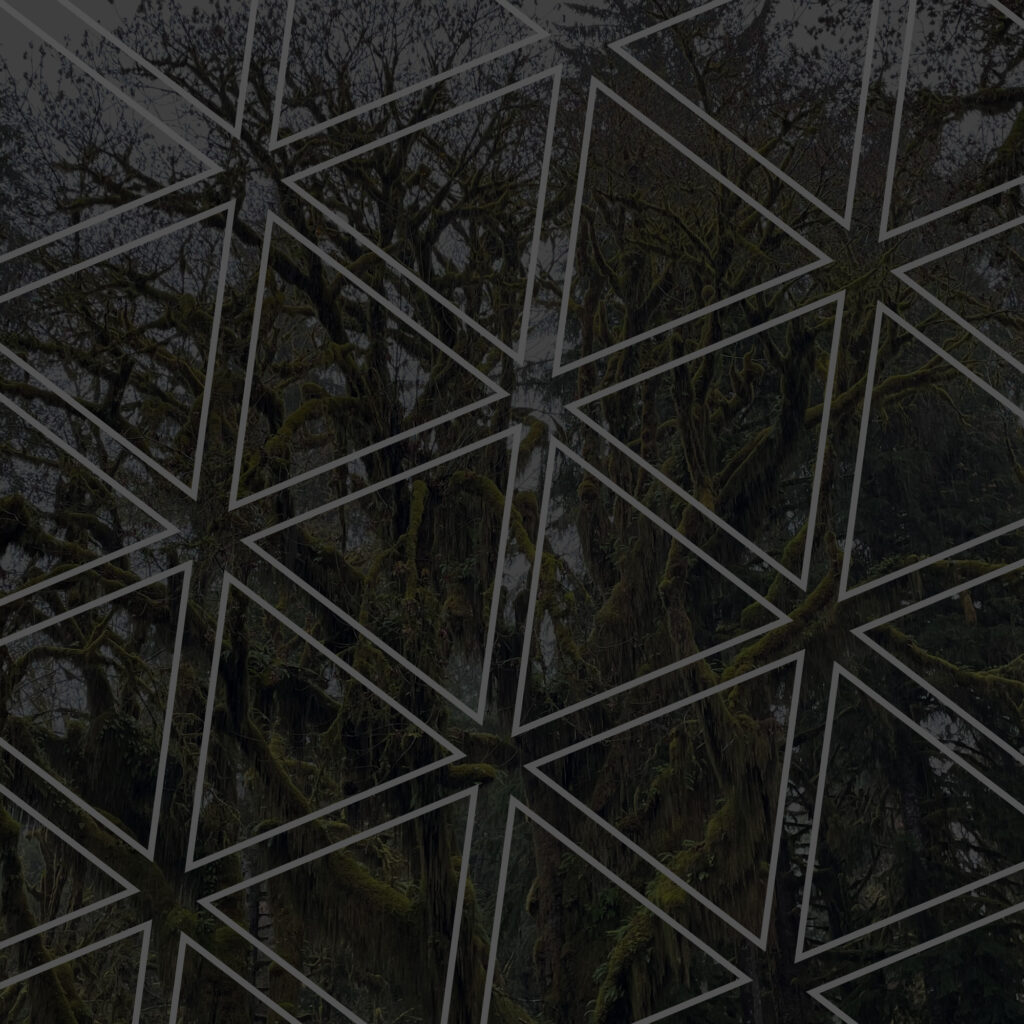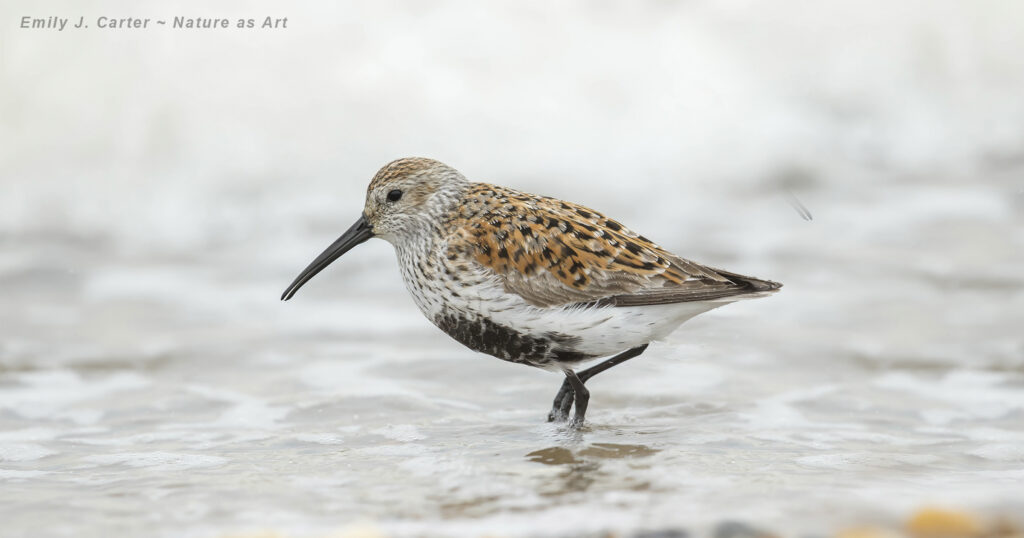
PRESENTS
The Red Knot
Author and Photographer:
Emily J. Carter ~ Nature as Art
There is wonderment among the avians and seeing what they do to survive is truly remarkable. Migration is a huge part of the bird world and living in the Atlantic Flyway I’m able to experience bird migration every spring.
The Atlantic Flyway is an aerial highway that runs north to south from the Central Canadian Arctic down to Tierra de Fuego of Argentina. Countless birds use this highway to travel northwards in the spring to reach breeding grounds and food sources, and southwards in autumn for a place to escape the cold and rest during the wintertime.
There is one bird in particular that makes an impressive journey on this highway. Recognized as one of the birds with the longest migratory route, this mid-size bird is known as the Red knot, Calidris canutus.

The Red knot travels up to 9,300 miles each way from Tierra de Fuego, Argentina to the Arctic region of Canada. Perhaps the most renowned Red knot was #B95, who was also known as the Moonbird. The last sighting of him was in 2014 and he was around 21 years old. His nickname was well earned as he traveled 20,000 miles a year and over his lifetime traveled past the distance to the moon.
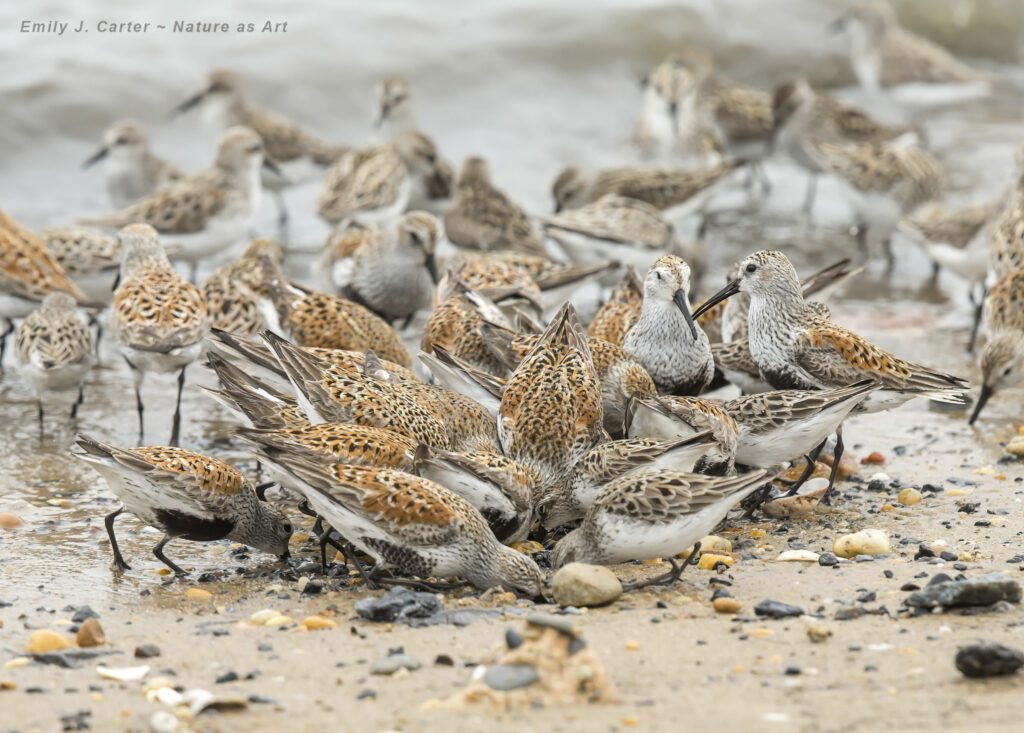
These birds rely on stops along the way to rest and refuel for their long adventure. As they travel northwards, many of their friends join them on the journey. Short-billed dowitchers, Sanderlings, Ruddy turnstones, Sandpipers, and Laughing gulls to name a few.
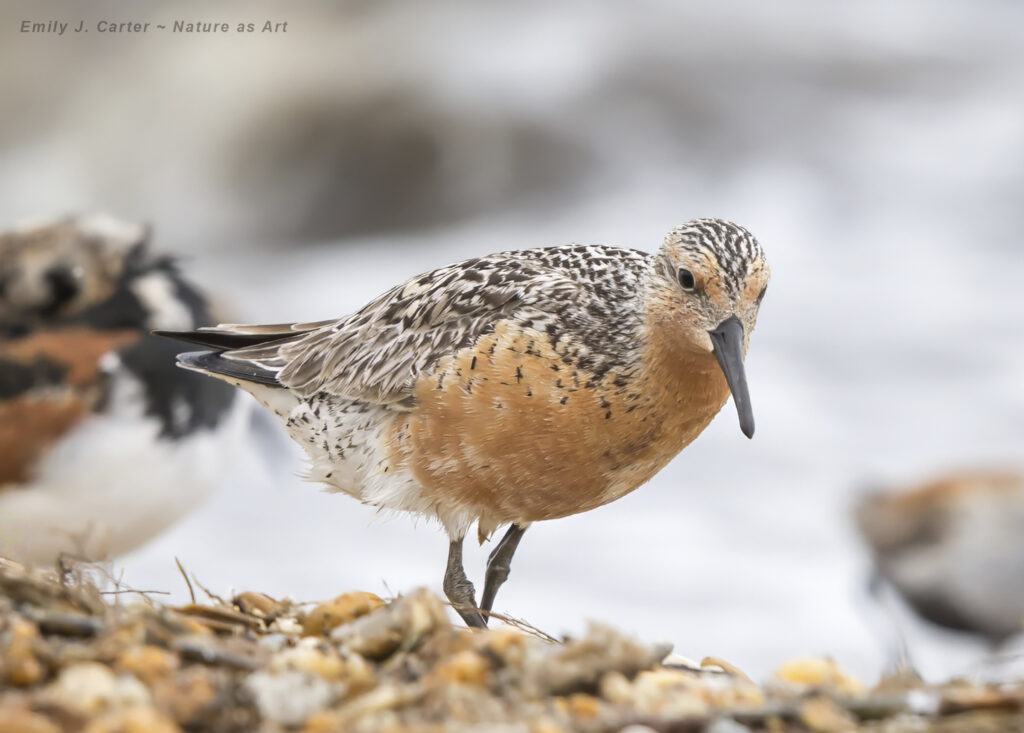
They all know just where to pause en route, and the Delaware Bay is a critical stop before their final push to the Arctic region. In May, countless Horseshoe crabs come onshore to lay eggs. The bountiful supply of this fuel source allows the Red knot to double their weight in just two weeks.
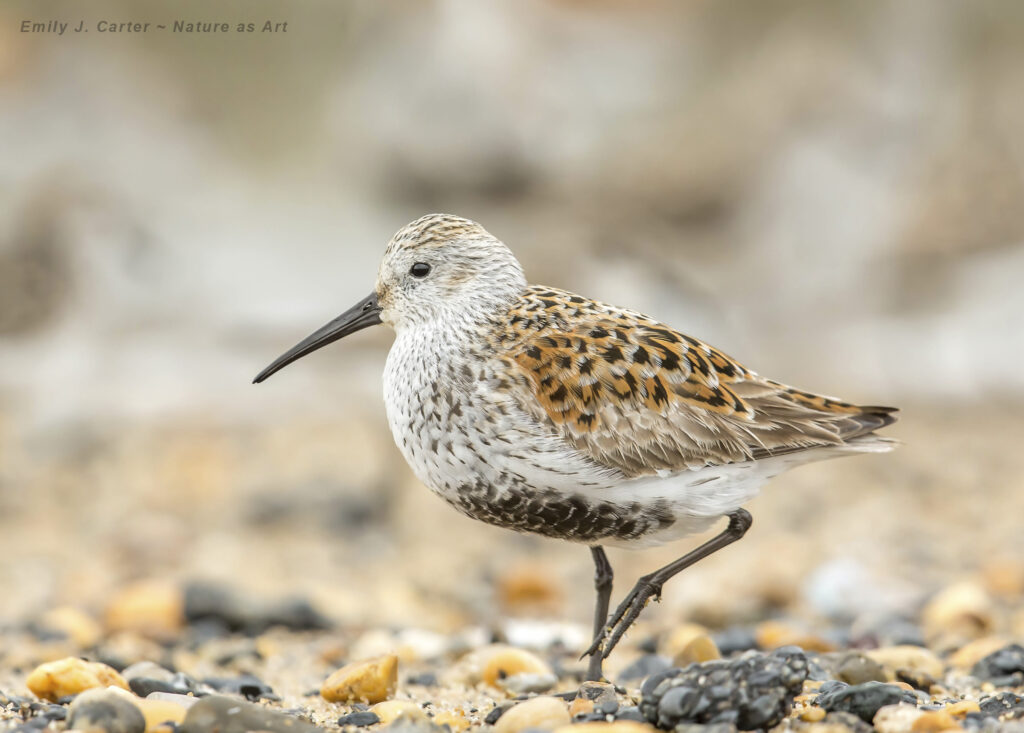
The Red knot is considered a “Threatened” species under the Endangered Species Act of 1973 (Act) by the U.S. Fish and Wildlife Service. Since the Red knot depends on Horseshoe crab eggs as a fuel source, one of the actions is to ban Horseshoe crab harvesting during spawning season from the Carolinas up to New Jersey.
Each May I look forward to heading out to the Delaware Bay seashore and becoming mesmerized by the thousands of birds on the beach. Watching them move in such a harmonious way; they take my breath away with their strength in numbers.
Emily J. Carter ~ Nature as Art
Author and Photographer
– – –

Insight and spirit with scenery and narrative from the photographer behind the breathtaking images.
